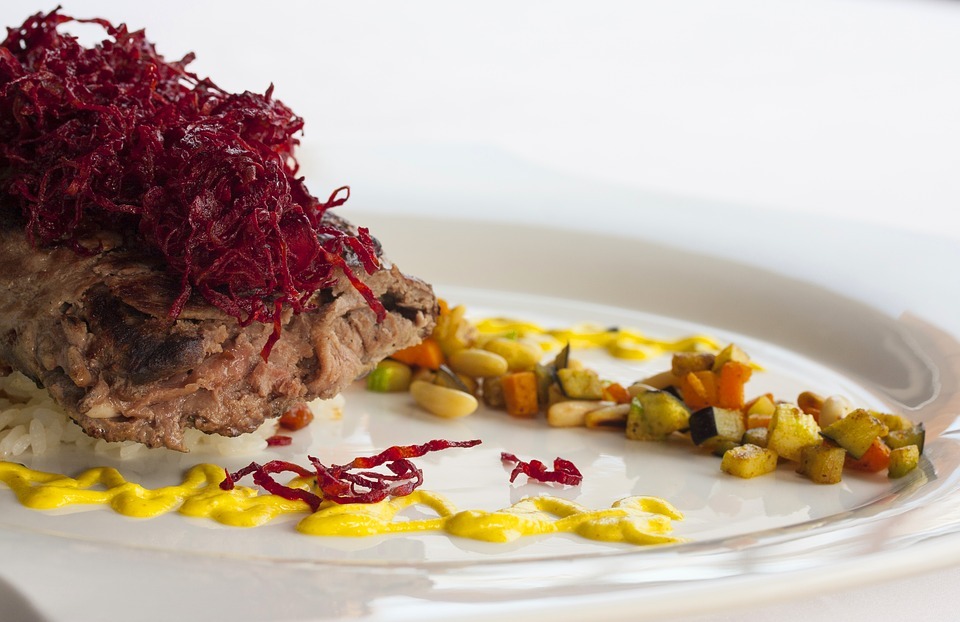The kitchen scale is one of the most important devices to have in cooking. Not many people realize this, but measuring ingredients only using bowls, cups, and spoons are not enough to get an accurate measurement.
Cooks and bakers often rely on kitchen scales to ensure that the ingredients that they use are accurately measured. Weighing ingredients is an essential part of cooking, and one inaccurate measurement can often lead to disasters; cookies can be too soggy if there is too much water, and brownies can be too sweet if there is too much sugar.
While owning a kitchen scale is essential for professionals, home cooks should also take into consideration the advantages that the kitchen scale can have not only for cooking but also for having a healthy diet.
Before we get into the benefits of having a kitchen scale at home, let’s first learn how to use the device properly.
First, you must place the kitchen scale on a smooth and even surface to avoid adding unnecessary weight to it if it is not positioned correctly, resulting in inaccurate measurements. The kitchen table is the perfect spot for it as you can easily use the scale right after preparing the ingredients for your meal.
Also, you should put the food in bowls or cups before you start to measure it. Take note of the weight of these cups or bowls if they are heavy and subtract their weight to the total measurement that will appear on your kitchen scale.
The Problem with Measuring Cups
It is important to note that measuring cups are used to measure ingredients by volume and not by weight.
A ½ cup of flour may look like ½ cup inside the utensil, but the flour’s density may be different depending on what kind of flour it is and how it was packed. An ingredient’s density affects its total weight, so that is why the kitchen scale is a much more reliable measuring tool as it counts both the density and volume of ingredients and accurately calculates their exact weight.
Furthermore, European cookbooks often use grams rather than cups when enumerating ingredient measurements, so it’s good to familiarize yourself with every metric system used in cooking so that you can be more versatile in reading cookbooks and following recipes.
To know more about converting cups of food into grams or ounces, check out our Weight Equivalents page.
Converting Weight to Calories
If you are now familiar with the use of grams and ounces in cooking, you should learn more about converting grams into calories, especially if you are on a diet or if you are trying to eat healthily.
Experts say that the more calories you consume in a meal, the longer the time it takes to burn in your body entirely. To burn these calories, many would often do exercises as sweat is one of the natural ways to burn them.
However, others would choose to consume as few calories as possible in a day so that they could burn it faster and easier. One of the ways for them to determine how many calories to consume daily is by consulting a calorie calculator. Some calorie calculators online will not only show the needed calories to be consumed in a day but also the right weight to eat different types of food.
Speaking of knowing the right amount of food to eat, the U.S. Department of Health and Human Services stated that the proper and healthy weight for meat and fish is three ounces.
Some say that three ounces of any meat or fish can fit in your palm, but this is incorrect since we all don’t have the same size of hands. If people follow this technique, some can get lower ounces if their hands are small, and some can get higher ounces if their hands are big. This faulty technique is one of the reasons why the kitchen scale is important, as it accurately measures three ounces without you needing to rely on unreliable methods.
In converting calories to grams, you should take note that there is one calorie in every 0.12959782 gram of food. So, three ounces of any meat, which is 85 grams, has about 655.87 calories.
After measuring three ounces or 85 grams of meat using a kitchen scale, you should familiarize yourself with what that portion looks like so that you know how to measure it even without the use of a weighing device.
Moreover, according to the ChooseMyPlate website created by the U.S. Department of Agriculture, the proper serving amount of apples is ½ cup raw or cooked. Interestingly, cooked rice and pasta also have a recommended serving of ½ cup.
Like meat and fish, you should memorize what these servings look like so that you can minimize the use of your food scale, thus lessening the time you spend preparing a meal. If you want to further minimize the food scale’s use at home, you should keep in mind that your meal should fit in a small luncheon plate. The ideal size for the plate is 8 inches in diameter.
The kitchen scale is useful not only to cook the best tasting meals by getting accurate measurements of ingredients, but to have a healthy diet as well by knowing the calories in your meal.
It seems like a hectic task, but weighing your food before cooking or eating your food ensures that the meal is perfectly cooked while also being healthy.


